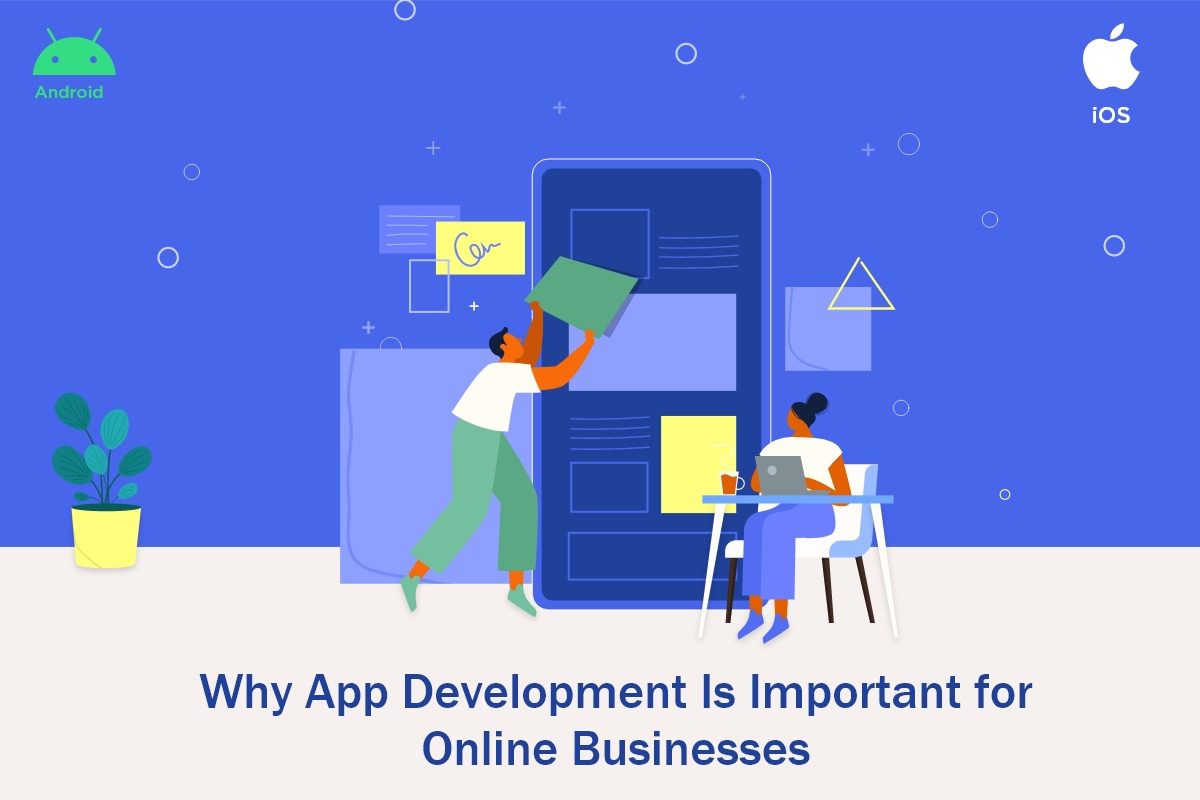
We all want to create mobile apps that could be the next Facebook, Netflix, Uber, or AirBnB. Also, mobile app development seems lucrative, given the $543.5 billion global app market revenue.
However, if you look closer, you will realize that the reality is frightening. According to Gartner, 9999 out of 10000 mobile apps fail for many reasons, such as
- Lack of an original idea or unique value proposition.
- A poor user experience drives users away.
- The app fails to solve a real-world problem.
- You can’t implement a comprehensive marketing strategy.
So, it is no surprise that out of millions of apps released yearly on the Google Play and Apple app stores, only a few manage to make their mark. Rest, go unnoticed, and vanish into anonymity.
You would not want that to happen with your mobile app. Whether you’re a company building products or a client looking for developers, you must consider and implement a few simple yet critical tips to ensure your app stands out and thrives in the market. Let’s dive in as we guide you through the best mobile app development practices.
What Makes a Mobile App Successful?
It’s essential to ask yourself this question before building a mobile app. It would lay the foundation of your app and ensure it serves its purpose. So, what makes an app successful? Exciting features? Immersive user experience? Unique idea? The answer is all of the above.
A successful mobile app balances a unique value proposition, engaging user experience, and compelling features. It also meets customer needs and your business goals.
5 Best Practices for Creating a Successful Mobile App
Here are a few mobile app development practices you can implement to ensure your app resonates with the masses and becomes a success:
1. Start with market research
Market research helps you understand your target market, potential users, and challenges that you may face.
A Few Aspects to consider during market research
- Latest market trends: Keeping an eye on the newest trends would help you keep your product up-to-date. It would also ensure that the product meets market requirements which evolve continuously.
- Your target audience: Your target audience would help you understand the market requirements and identify possible ways to attract and convert customers. You can specify your target audience through mass data like demographics, user behavior, and motivations, or you can narrow down target users through statistics or surveys.
- Your competitors: Competitors help you set a benchmark of how you want your app to be and plan its development accordingly. Hence, choose them wisely. Analyze their strengths and weaknesses to see where you can beat them and where you need to work.
2. Create a strategic plan for your app’s development
While market research is critical, what you do with the findings matters more in mobile app development. Hence, you must use the findings from market research to create a mobile app strategy. It would ensure the product accomplishes its purpose while saving time and money by avoiding unnecessary development.
Things to consider for creating a winning mobile app strategy
- The mobile app idea.
- Your business objectives.
- Development plan and how it helps you achieve both.
You must also plan and prioritize tasks to ensure you can build and release the product on time, reducing its time-to-market.
3. Keep customer experience on top priority
Poor user experience is why most mobile apps fail. According to Google research, your chances of a user continuing to use your mobile app drop by 62% if the user experience is not up to the mark. Hence, make sure you don’t miss the user experience aspect.
Aspects that lead to an immersive user experience
- Ease of use
- Speed
- Interactive user interface
- Catchy and immersive visuals
4. Focus on security
A mobile app involves a lot of sensitive information, such as user names, emails, credit/debit card details, and even health information (healthcare apps). These sensitive details falling into the wrong hands can damage your reputation, causing financial losses and costly lawsuits. Hence, it’s your responsibility to keep these crucial details safe from security threats.
Tried & tested practices to secure your mobile app from potential threats
- Develop your code in a secure environment. Also, review your code occasionally to detect and eliminate potential threats as soon as possible.
- Use encryption to protect sensitive data, such as API communication, local database, or cache.
- Use tokens to verify IDs and avoid misuse. Also, there should be unique tokens for each session and device.
- Have a data backup or disaster recovery plan to roll back changes or recover data if things go haywire.
5. Keep your app’s UI/UX design simple yet immersive
A simple UI helps your audience use the app efficiently, and the immersive UX will keep them engaged. Together, both will increase download numbers, thus generating more revenue. Hence, keeping your app’s UI/UX design simple and engaging would be best.
A few practices for acing your app’s UI/UX design
- Make the signup process simple. The fewer details you ask for, the better the chances of them filling up the form.
- Use as little text on your app as possible. Instead, use visual cues to convey or navigate information through the app.
- Build your app considering how users use smartphones. It would ensure they find your app easy to use.
In conclusion,
Mobile app development is challenging, but you can ace it with the right strategy. Hopefully, the tips we shared above gave you enough idea of how to build a successful mobile app.
Here are a few other tips to take your mobile app to a new level:
- Have a strong marketing strategy to ensure visibility and bring users to your app.
- Consider the Google Play and Apple app store guidelines to ensure you don’t violate any condition that may lead them to ban your app.
- Maintain transparency among your team to ensure everyone’s on the same page. It would also ensure that every member is committed to your vision of building a high-quality mobile app.
- Use reviews and user feedback as a base to make your app better by releasing new updates.
Now that you have everything you need, it’s time to go all in and build a mobile app that becomes the next game changer. Best of luck!








